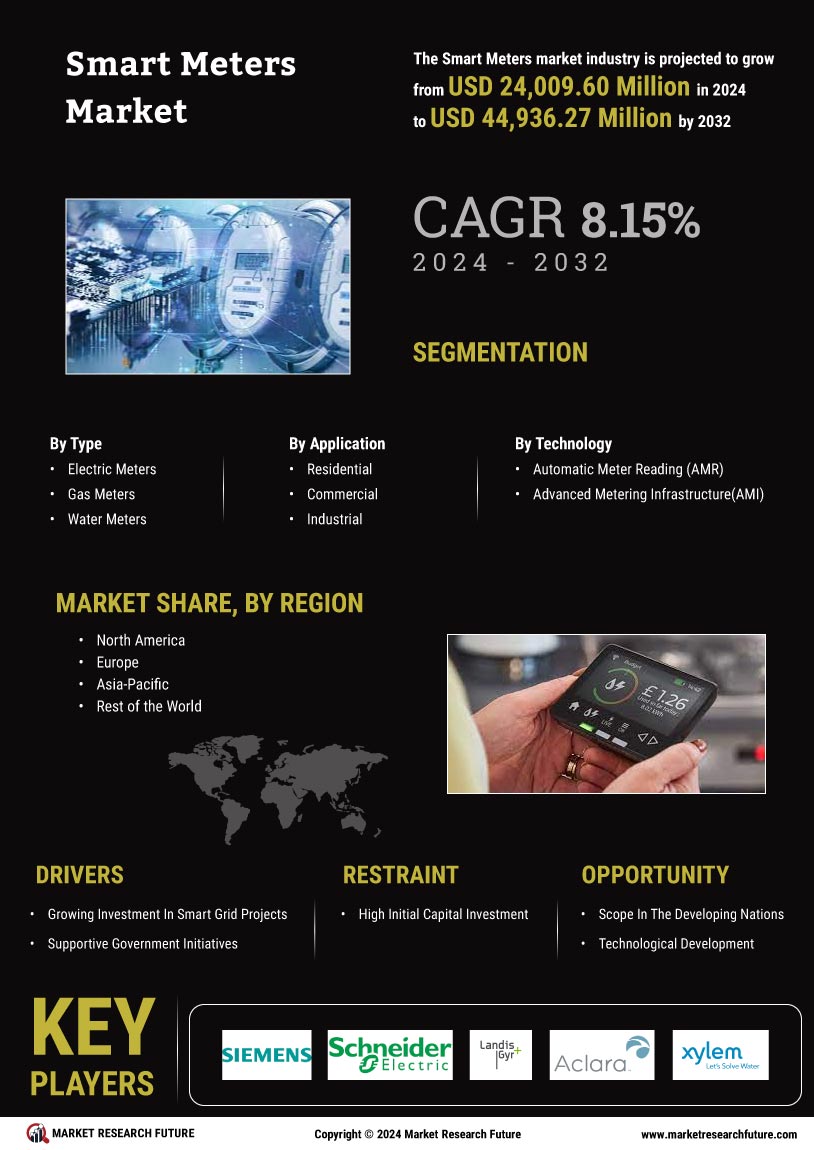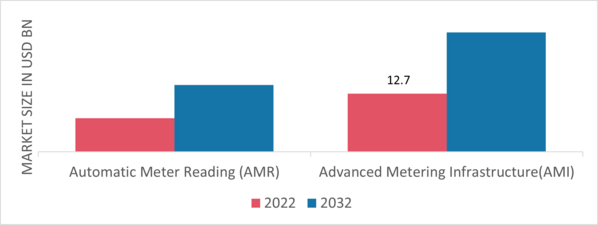Leading market players are investing heavily in research and development in order to expand their product lines, which will help the Smart Meters Market, grow even more. Market participants are also undertaking a variety of strategic activities to expand their footprint, with important market developments including new product launches, contractual agreements, mergers and acquisitions, higher investments, and collaboration with other organizations. To expand and survive in a more competitive and rising market climate, Smart Meters industry must offer cost-effective items.
Manufacturing locally to minimize operational costs is one of the key business tactics used by manufacturers in the Smart Meters industry to benefit clients and increase the market sector. In recent years, the Smart Meters industry has offered some of the most significant advantages to manage power consistency. Major players in the Smart Meters Market, including Siemens AG. (Germany), Schneider Electric (France), Landis+Gyr (Switzerland), Aclara Technologies LLC (U.S.), Xylem Inc. (US), Badger Meter Inc. (US), Itron Inc. (US).
Itron Inc. is a provider of technology and services. It provides tools for monitoring, controlling, and analyzing energy, gas, and water use. Metering systems, conventional meters, and next-generation smart metering goods and services are among the company's solutions. Itron also offers consultancy services, software-as-a-service, managed services, technical support, licensing of hardware technology, and meter data management and analytics software for the residential, commercial, and industrial markets.
Itron offers both direct sales of its goods and services as well as indirect sales through a network of partners, sales agents, and distributors. It provides services to utilities in North America, Europe, the Middle East, Africa, Latin America, and the Asia-Pacific area for electricity, gas, and water. The US city of Liberty Lake is where Itron is based. In June 2021, Itron Inc.'s ISAIM 2.0 interface software for Itron Enterprise Edition's (IEE) Meter Data Management System (MDMS) has received SAP certification. Utilities benefit from the integration by having cheaper project implementation costs and a lower total cost of ownership.
Kamstrup A/S creates solutions for energy metering systems. The company makes meters for water, electricity, heating, and cooling. Volume converters, remote reading, inspection systems and gas pressure regulators are further products made by Kamstrup. In August 2021, Kamstrup's new electricity meter enhances its smart metering system. By adding a meter platform that is just based on cellular IoT to go along with the current OMNIPOWER RF mesh-based meter platform, the company expands its portfolio with the release of the new OMNIA e-meter.











Leave a Comment